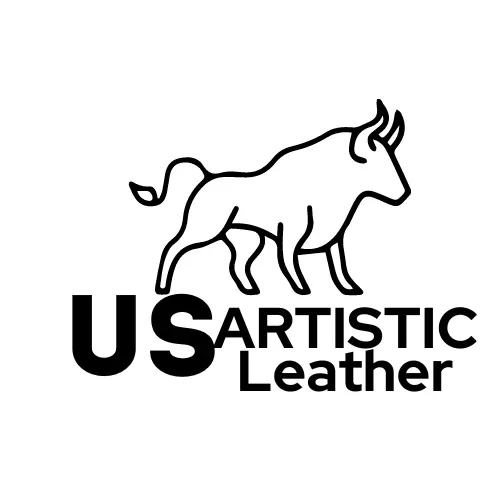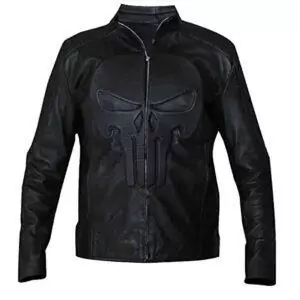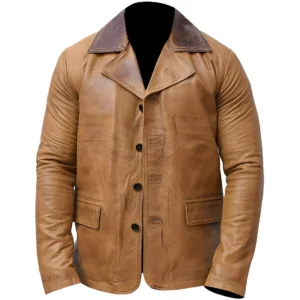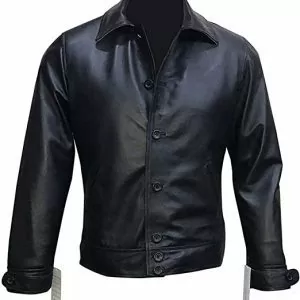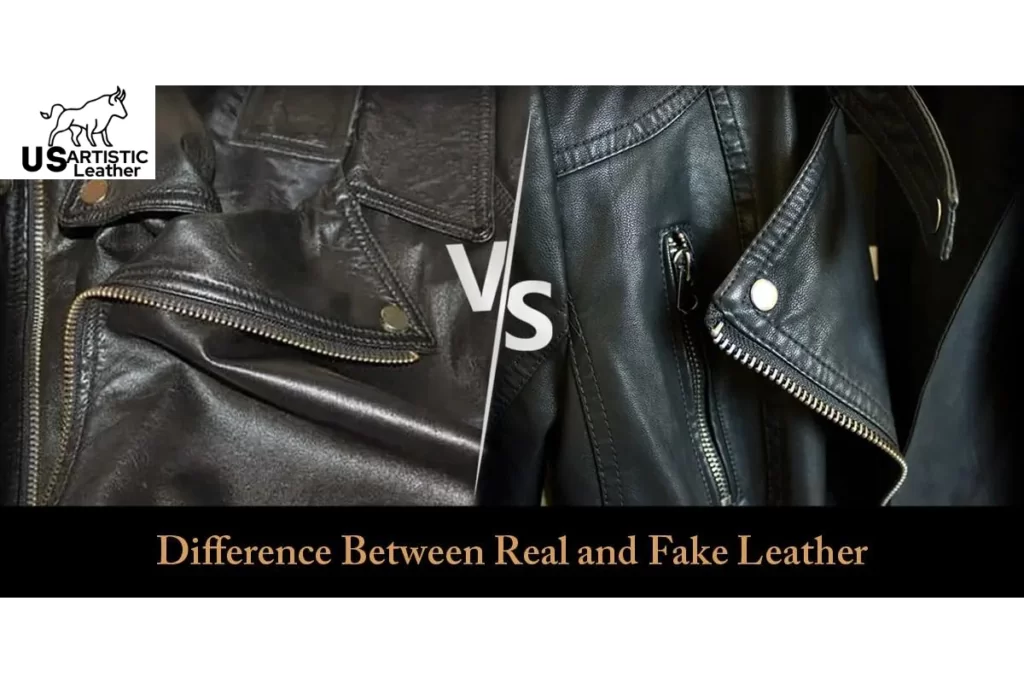
Leather, with its luxurious feel and timeless appeal, has been a coveted material for centuries. However, as the demand for leather goods continues to soar, so does the prevalence of faux alternatives in the market. Distinguishing between real, genuine leather and its synthetic counterparts can be challenging, but with the right knowledge and keen observation, consumers can make informed decisions.
Overview of Real Leather
Real leather is derived from animal hides through a tanning process that preserves the natural fibers and characteristics of the material. Its durability, suppleness, and unique grain patterns are hallmarks of authenticity. One of the most common types of real leather is full-grain leather, which retains the entire grain layer and showcases the natural imperfections of the hide, adding to its allure and character.
Related Article: Faux vs. Real Leather Jacket: Options for Budget-Friendly Black Leather Jackets
Identifying Genuine Leather
Genuine leather refers to any leather product made from real animal hides, but it may not always be of the highest quality. While genuine leather is authentic, it often undergoes processes such as sanding or coating to conceal imperfections, resulting in a more uniform appearance. Despite its lower quality compared to full-grain leather, genuine leather remains durable and suitable for various applications.
Real Leather Jackets
-
Product on sale
 Cafe Racer Black Leather Jacket for Men – Premium Stylish Multi-PocketsOriginal price was: $220.00.$159.99Current price is: $159.99.
Cafe Racer Black Leather Jacket for Men – Premium Stylish Multi-PocketsOriginal price was: $220.00.$159.99Current price is: $159.99. -
Product on sale
 Mens Cafe Racer Leather Jacket BrownOriginal price was: $220.00.$159.99Current price is: $159.99.
Mens Cafe Racer Leather Jacket BrownOriginal price was: $220.00.$159.99Current price is: $159.99. -
Product on sale
 Mens Black Cafe Racer Leather JacketOriginal price was: $199.99.$159.99Current price is: $159.99.
Mens Black Cafe Racer Leather JacketOriginal price was: $199.99.$159.99Current price is: $159.99. -
Product on sale
 Mens Distressed Dark Brown Cafe Racer Vinatge Real Leather JacketOriginal price was: $199.99.$159.99Current price is: $159.99.
Mens Distressed Dark Brown Cafe Racer Vinatge Real Leather JacketOriginal price was: $199.99.$159.99Current price is: $159.99. -
Product on sale
 Mens Biker Style Asymmetrical Real Black Leather JacketOriginal price was: $210.00.$159.99Current price is: $159.99.
Mens Biker Style Asymmetrical Real Black Leather JacketOriginal price was: $210.00.$159.99Current price is: $159.99. -
Product on sale
 Black Punisher Padded Embossed Biker Leather JacketOriginal price was: $189.99.$149.99Current price is: $149.99.
Black Punisher Padded Embossed Biker Leather JacketOriginal price was: $189.99.$149.99Current price is: $149.99. -
Product on sale
 G1 Bomber Air Force Real Cow Leather Maverick Aviator Bomber Jacket | Tom Cruise 90s EditionOriginal price was: $189.99.$139.99Current price is: $139.99.
G1 Bomber Air Force Real Cow Leather Maverick Aviator Bomber Jacket | Tom Cruise 90s EditionOriginal price was: $189.99.$139.99Current price is: $139.99. -
Product on sale
 Red Dead Redemption II – Arthur Morgan Tan Brown Real Leather Jacket – RDR2Original price was: $189.99.$139.99Current price is: $139.99.
Red Dead Redemption II – Arthur Morgan Tan Brown Real Leather Jacket – RDR2Original price was: $189.99.$139.99Current price is: $139.99. -
Product on sale
 Men’s New Motorcycle Black Biker Real Leather JacketOriginal price was: $179.99.$129.99Current price is: $129.99.
Men’s New Motorcycle Black Biker Real Leather JacketOriginal price was: $179.99.$129.99Current price is: $129.99.
Spotting Faux Leather
Faux leather, also known as synthetic leather or pleather, is a man-made material designed to mimic the look and feel of genuine leather. It is typically composed of plastic-based substances such as polyurethane (PU) or polyvinyl chloride (PVC). While faux leather may offer affordability and versatility, it lacks the durability and natural beauty of real leather.

Key Characteristics to Look For
Several factors can help you understand that how to identify real, genuine and faux leather:
Texture and Grain: Real leather exhibits a natural grain pattern that is irregular and distinctive. Run your fingers across the surface to feel for imperfections and variations in texture. Faux leather, on the other hand, often features a consistent, artificial grain that feels smoother to the touch.
Scent: Real leather emits a distinct, earthy aroma that is difficult to replicate. If you detect a strong chemical smell or a synthetic odor, it is likely faux leather. However, keep in mind that some manufacturers apply fragrances to mask the scent of synthetic materials.
Flexibility and Softness: Genuine leather is supple and malleable, gradually conforming to the shape of your hand when bent or folded. Faux leather may feel stiff or rigid, lacking the natural pliability of real leather.
Edges and Backing: Examine the edges of the material for layers or coatings that may indicate faux leather. Genuine leather typically has rough, unfinished edges, while faux leather may have a fabric backing or a uniform appearance along the edges.
Labeling and Certification: Check for labeling or tags that indicate the material composition of the product. Genuine leather items may feature stamps or labels certifying their authenticity, while faux leather products may lack such markings or include phrases like “man-made” or “synthetic.”
Check out more Real Leather Jackets here: https://usartisticleather.com/product-category/mens-leather-jackets/real-leather-jackets/
Wrapping Up
In summary, discerning between real, genuine leather and faux alternatives requires careful observation and attention to detail. By considering factors such as texture, scent, flexibility, and labeling, consumers can make informed decisions when purchasing leather goods. Whether opting for the timeless elegance of genuine leather or the affordability of faux alternatives, understanding the differences ensures satisfaction with your choice.
Additionally, seeking advice from experts or experienced leather craftsmen can provide valuable insights into distinguishing between real and faux leather. Their expertise and familiarity with different types of leather can help clarify any uncertainties and ensure that you invest in high-quality, authentic products. Remember, while faux leather may offer affordability and versatility, genuine leather embodies unparalleled craftsmanship and durability, making it a timeless choice for discerning consumers.
